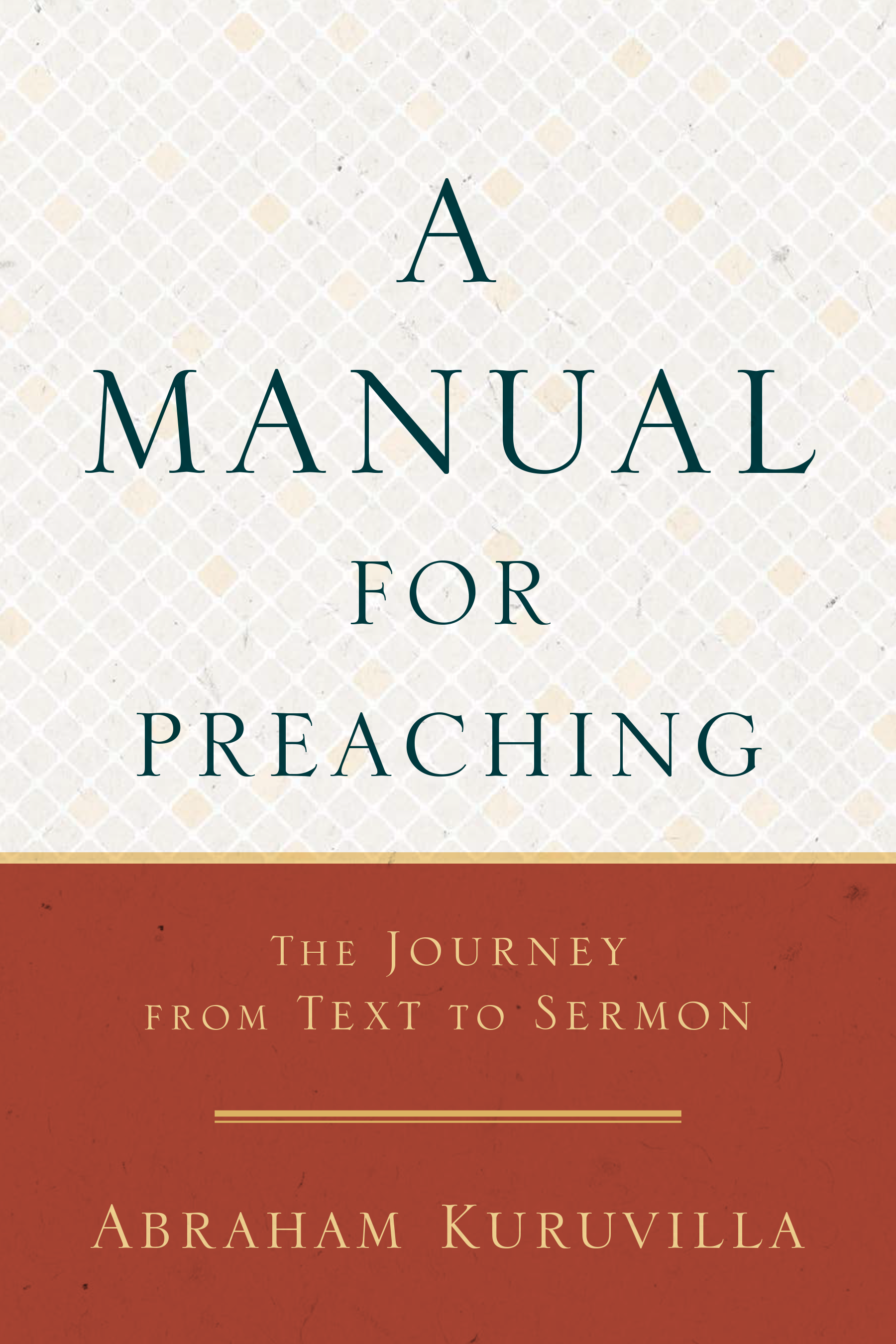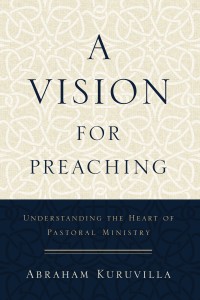Sight?

In a recent issue of Conversation, Andrew Herbert, Professor of Psychology, Visual Perception, Rochester Institute of Technology, wrote about the epidemic of nearsightedness. And it begins in childhood, apparently.
Nearsightedness is when a somewhat elongated eyeball causes the lens to focus light at a point slightly in front of the retina than on it. Optometry researchers estimate that about half of the global population will need corrective lenses to offset myopia by 2050 if current rates continue—up from 23% in 2000. And in the United States alone, spending on corrective lenses, eye tests and related expenses may be as high as US$ 7.2 billion a year.
What is going on? While having two myopic parents does mean you’re more likely to be nearsighted, there’s no single myopia gene. That means the causes of myopia are more behavioral than genetic.
Well, is it because everyone is focused on objects immediately in front of our eyes—a phone, a book, a drawing pad (all examples of tools used in “near work”)? Maybe. And that’s not a smartphone era phenomenon either: German astronomer and optics expert Johannes Kepler (1571–1630) blamed his own short-sightedness on all his study.
Attractive though the idea was, it did not hold up. In the early 2000s, when researchers started to look at specific behaviors, such as books read per week or hours spent reading or using a computer, none seemed to be a major contributor to myopia risk. But another factor did. In 2007, researchers at the Ohio State University College of Optometry in Columbus reported the results of a study that tracked more than 500 eight- and nine-year-olds in California who started out with healthy vision. The team examined how the children spent their days, and sort of as an afterthought at the time, they asked about sports and outdoorsy stuff.
After five years, one in five of the children had developed myopia, and the only environmental factor that was strongly associated with risk was time spent outdoors (or lack thereof). More studies found that children who spent less time outside were at greater risk of developing myopia.
The leading hypothesis is that light stimulates the release of dopamine in the retina, and this neurotransmitter in turn blocks the elongation of the eye during development.
Based on epidemiological studies, researchers estimate that children need to spend around three hours a day under light levels of at least 10,000 lux to be protected against myopia. Most children get far less.
Yup, we need light. Especially God’s!
Yahweh, my God, You are very great;
[with] splendor and majesty You clothed [yourself],
donning light as with a mantle.
Psalm 104:1–2
He is the enlightenment of our lives:
Yahweh is God, and He has shone [light] on us.
Psalm 118:27
And because of his light, we see!
For with You is the fountain of life;
in Your light we see light.
Psalm 36:9
For You, indeed, light my lamp, Yahweh;
my God brightens my darkness.
Psalm 18:28
God’s enlightenment, especially in his Scriptures:
The precepts of Yahweh are right, rejoicing the heart;
the commandment of Yahweh is pure, enlightening the eyes.
Psalm 19:8
A lamp to my feet is Your word, and a light to my pathway.
Psalm 119:105
And with God’s as our light …
Yahweh is my light and my deliverance—whom shall I fear?
Yahweh is the stronghold of my life—whom shall I dread?
Psalm 27:1
Send out Your light and Your truth, let them lead me;
let them bring me to Your holy mountain and to Your abodes.
Psalm 43:3
Led by light. To God.
SOURCE: The Conversation; Nature











 Abe Kuruvilla is the Carl E. Bates Professor of Christian Preaching at The Southern Baptist Theological Seminary (Louisville, KY), and a dermatologist in private practice. His passion is to explore, explain, and exemplify preaching.
Abe Kuruvilla is the Carl E. Bates Professor of Christian Preaching at The Southern Baptist Theological Seminary (Louisville, KY), and a dermatologist in private practice. His passion is to explore, explain, and exemplify preaching.